This post may contain affiliate links. At no cost to you, purchases made through these links may result in a small commission for Traveling Transylvania. We never recommend products that we don’t know and trust. Thank you for your continued support!
Welcome, fellow history enthusiasts, to a journey back in time. A time when civilizations were young, empires were just a dream, and culture was a melting pot of interactions. Today, we dive into the rich tapestry of the past to explore a fascinating civilization – the Dacians.
Sit back and join us as we unravel the intricacies of these ancient people who left an indelible imprint on European history. It’s going to be a tale of bravery, sophistication, cultural richness, and an enduring legacy, all wrapped up in an exciting historical narrative. Buckle up, it’s time to meet the Dacians!
So, who exactly were the Dacians? They were an Indo-European people, thriving with a powerful kingdom in what is today’s Romania and Moldova, and parts of Hungary, Bulgaria, Ukraine, and Serbia. From the 2nd century BC until their eventual absorption by the Roman Empire in the 2nd century AD, they were formidable warriors, skilled craftsmen, and remarkable engineers of their time. Their cultural and military influence in southeastern Europe was indeed quite profound.
The history of the Dacians helps us understand the roots of modern societies and the forces that shaped our world. In the case of the Dacians, the threads of their ancient tapestry weave right into the heart of modern Eastern European history. The study of the Dacians is also a captivating look into the resilience and adaptability of human societies.
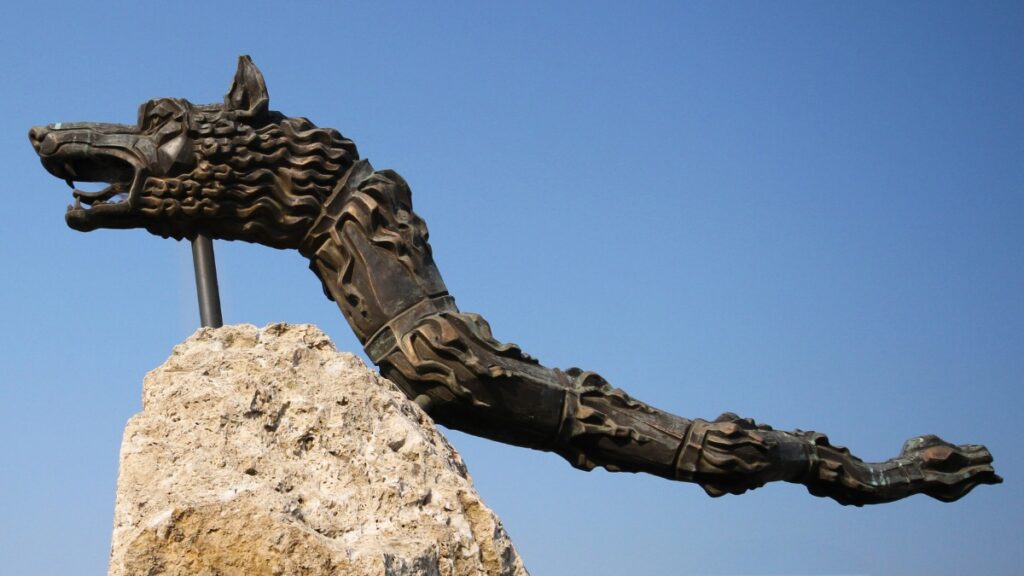
Who Were the Dacians?
The Dacians – a name that rings with a sense of antiquity and stirs up images of brave warriors, picturesque landscapes, and vibrant communities. To understand them better, let’s first delve into their origins, societal structure, and religious practices.
Origins and Identity of the Dacians
The Dacians, also known as the Getae in ancient Greek writings, emerged as a distinct group around the 2nd century BC. They occupied the Carpathian mountain range and the Transylvanian plateau, spreading out to the Danube River’s fertile plains. This land of scenic beauty and abundant resources became the canvas on which the vibrant Dacian culture would flourish.
One of the many captivating facets of the Dacians is their identity. The term “Dacians” is often used interchangeably with “Getae.” However, there’s ongoing debate among historians about whether these were different tribes or two names for the same tribe. The Dacians were Thracian in origin, part of the larger Indo-European family, sharing similar language, customs, and religious beliefs with other Thracian tribes.
Society and Culture of the Dacians
Dacian society was complex and organized, with divisions based on class, profession, and age. They had a monarchical system, where the ruler, known as a ‘dikaios’ or ‘king,’ held significant power. Yet, Dacian society was not just about its king. Its people were skilled farmers, potters, and metalworkers, contributing to a thriving economy and sophisticated culture.
The Concept of ‘Daciana’ and Religious Beliefs
‘Daciana,’ a term linked closely to the Dacians, often refers to a female name in modern Romania. However, in the Dacian context, it carries a cultural and historical significance, symbolizing the female essence of the Dacian society.
Religiously, the Dacians were polytheistic, with a pantheon of deities resembling Greek and Roman gods. They held Zalmoxis, a god of the underworld and rebirth, in high regard, signifying their belief in life after death. The Dacians’ religious practices, just like their culture, were deeply interwoven with their daily lives, adding another vibrant hue to their rich cultural tapestry.
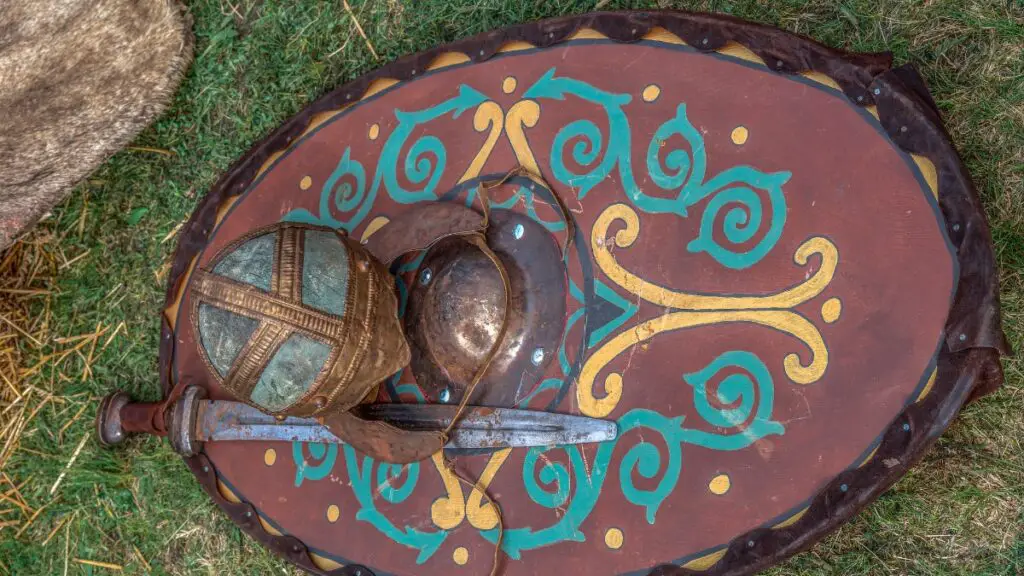
The Mighty Kingdom of the Ancient Dacians
The grandeur and prowess of the Dacians didn’t arise in a vacuum. They were a product of a well-structured kingdom, strategic geographic location, and robust military defenses. Let’s delve deeper into the realm of the Ancient Dacians.
The Political and Territorial Expanse
The heart of the Dacian kingdom was located in modern-day Transylvania, a region encapsulated by the mesmerizing Carpathian mountain range. Over time, their domain extended to regions of present-day Moldova, Bulgaria, and Serbia, depicting a substantial territorial expanse.
Dacian society was built around a centralized monarchy, with power often held by a singular ruler. The most famous of these was King Burebista, who reigned around 82-44 BC. Burebista managed to unite the various Dacian tribes under his rule, leading to the zenith of Dacian power and civilization.
Strategic Geographic Advantage and Architectural Ingenuity
Located at the crossroads between Europe and Asia, the Dacian Kingdom had a strategic advantage, enabling them to control trade routes and interact with various cultures. It also provided them with natural defenses against invasions.
The Dacians weren’t just blessed with a strategic location; they were also remarkable architects and engineers of their time. This is vividly evident in the Dacian fortresses of the Orastie Mountains, a UNESCO World Heritage site. The six fortresses—Sarmizegetusa, Costești, Blidaru, Piatra Roșie, Bănița, and Căpâlna—serve as remarkable examples of the Dacians’ architectural prowess, with sophisticated defense systems and sacred areas, blending in harmony with the natural landscape. Be sure to check them out on your next journey to Transylvania, as a visit to these esteemed fortresses is undoubtedly one of the best things to do in Romania.
The Everyday Life of Dacians
Life in the Dacian Kingdom was multifaceted, characterized by agricultural activities, artisanal crafts, trading, and religious rituals. They were skilled farmers and shepherds, with wheat, barley, and sheep being central to their economy. Artisanal crafts, especially pottery and metalwork, were widely practiced, with Dacian craftsmen creating intricate designs on their works.
The Dacians, thus, were not only fierce warriors but also adept at creating a thriving civilization, efficiently utilizing their resources, and manifesting an intriguing combination of resilience and cultural sophistication.
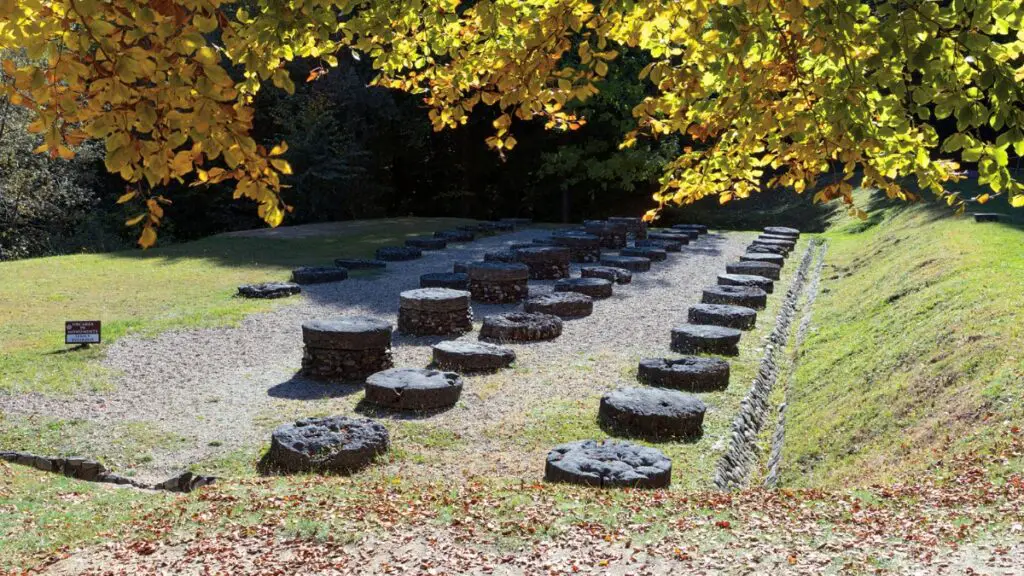
Romans and Dacians: Clash of Civilizations
History is often a tale of interactions, conflicts, and alliances between civilizations, and the saga of the Dacians and Romans is no exception. This chapter explores the intriguing narrative of these two ancient powers.
Early Interactions and Conflicts
The Dacians and Romans had a complex and layered relationship. The stage for this relationship was set when Julius Caesar contemplated extending the Roman Empire to the Dacian lands. However, the actual military confrontation between these two powers didn’t occur until the reign of Emperor Domitian.
The Dacian Wars, as these conflicts came to be known, were a defining period in the Dacian and Roman histories. The First Dacian War (AD 85-89) saw a strong Dacian assault under King Decebalus on the Roman province of Moesia, causing a significant setback to the Romans.
The Turning Tide: The Second Dacian War
The Second Dacian War (AD 101-102), under Emperor Trajan, marked a shift in the Dacian-Roman relationship. Despite valiant resistance by the Dacians, the war culminated in a Roman victory. Trajan’s Column, a monument in Rome, vividly depicts scenes from this war, illustrating the magnitude of the Roman triumph.
The final conflict, often referred to as the Third Dacian War (AD 105-106), marked the end of the independent Dacian Kingdom. Decebalus, the last king of Dacia, fought fiercely but eventually fell to the superior Roman forces.
The Aftermath: Treaties and Transformation
The conclusion of the wars led to significant changes in the Dacian landscape. The Romans, ever pragmatic, did not annihilate Dacia but absorbed it into the Roman Empire. A series of treaties followed, reshaping Dacia’s demographics, with Roman veterans settling in the region and intermingling with the local populace.
The Dacian-Roman relationship, fraught with war and tension, ultimately led to an era of cultural amalgamation, transforming not just Dacia, but the Romans themselves. This transformation laid the foundation for what we’ll explore next – the intriguing historical journey from Dacians to Romanians.
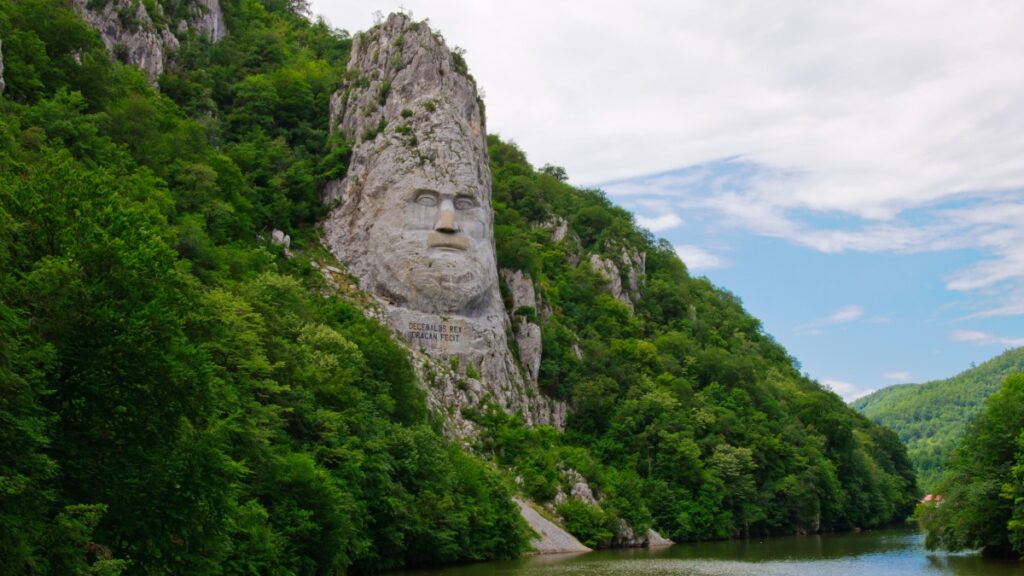
From Dacians to Romanians: A Historical Transformation
History is a tale of transitions. One such transition is the transformation of the Dacians into Romanians, a subject that has sparked countless discussions and research. Let’s embark on a journey through this historical metamorphosis.
The Impact of Roman Conquest and Romanization
The Roman conquest of Dacia marked the start of a process known as Romanization. It involved the assimilation of the Dacian population into the Roman Empire, resulting in a cultural blend that transformed both the conquerors and the conquered.
Romanization wasn’t a swift process; it occurred gradually over two centuries, with the Romans introducing Latin as the official language and the Dacians adopting various Roman customs, laws, and administrative practices. The social structure also changed, with the creation of a new Roman-Dacian aristocracy.
Linguistic and Cultural Evidence
The modern Romanian language bears testament to this historical transformation. Romanian, although surrounded by Slavic languages, is a Romance language, tracing its roots to Latin. This highlights the enduring influence of Romanization on the Dacians.
Culture, too, paints a vivid picture of this transformation. From architecture to religious practices, there’s a blend of Roman and Dacian elements in Romanian culture. The Romans introduced urban planning, and their architectural style can be seen in the ruins of ancient cities such as Ulpia Traiana Sarmizegetusa.
Genetic Connections: Are Romanians Dacians?
The question, “Are Romanians Dacians?” is a hot topic in historical and scientific discourse. Genetic studies show that Romanians share a significant amount of genetic material with southeastern European populations, which includes the Dacians.
While conclusive evidence is yet to be found, the cultural, linguistic, and potential genetic links cannot be ignored. The Romanians might not be direct descendants of the Dacians, but they certainly carry a part of the Dacian legacy within them.
The historical transformation from Dacians to Romanians is a testament to the resilience of human cultures and their ability to evolve and assimilate over time. It’s a fascinating journey through history, one that gives us a better understanding of the world we live in today.
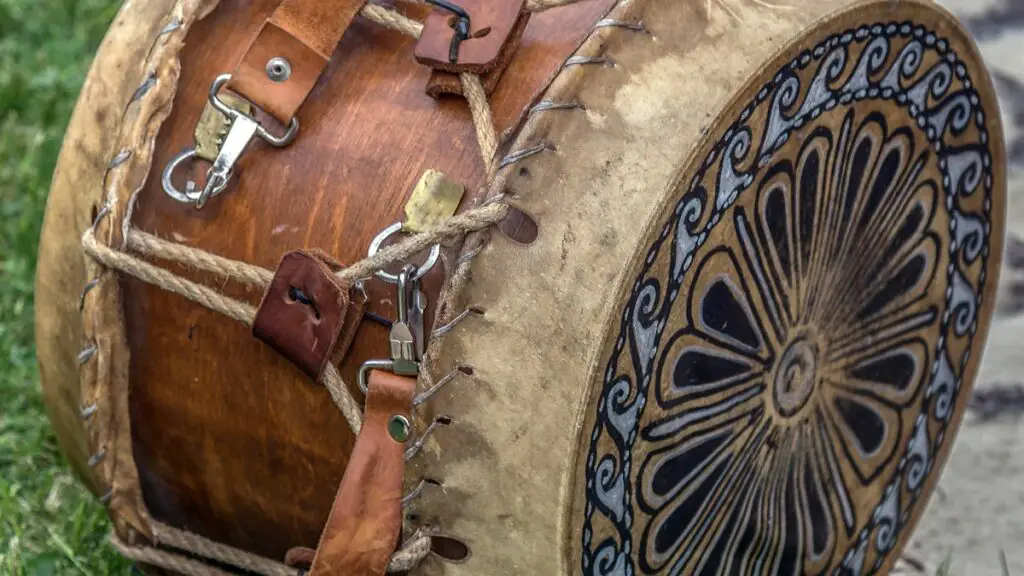
The Dacians in Retrospect: A Lasting Legacy
As we conclude our journey through the world of the Ancient Dacians, let’s take a moment to reflect on their lasting legacy and how their history continues to inspire us.
The Dacians in History and Mythology
The Dacians may be long gone, but they live on in historical records and mythical tales. Greek and Roman writings offer glimpses into their lives, often portraying them as brave warriors. Their resistance against Roman invasion is a testament to their bravery and forms a significant part of their historical legacy.
Dacians also have a prominent place in mythology. Legendary figures like Zalmoxis live on in tales passed down through generations. The Dacians’ reverence for Zalmoxis reflected their philosophical outlook and spiritual beliefs, portraying a society deeply connected with the natural and the supernatural world.
The Dacians Today: A Symbol of National Pride
In modern times, the Dacians have become a symbol of national pride for Romanians. They are celebrated in various forms – from the Dacian wolf, a military symbol, to the concept of ‘Daciana,’ representing the vibrant Dacian culture. The Dacians’ resilience, their rich culture, and the captivating mystery that surrounds them have made them a cherished part of Romania’s national identity.
Archaeological Discoveries and their Significance
Archaeology plays a crucial role in unraveling the story of the Dacians. Excavations at sites like Sarmizegetusa Regia, the ancient Dacian capital, have unearthed valuable artifacts, offering insights into Dacian life. These discoveries not only help understand the Dacians better but also inspire further exploration into the world of ancient civilizations.
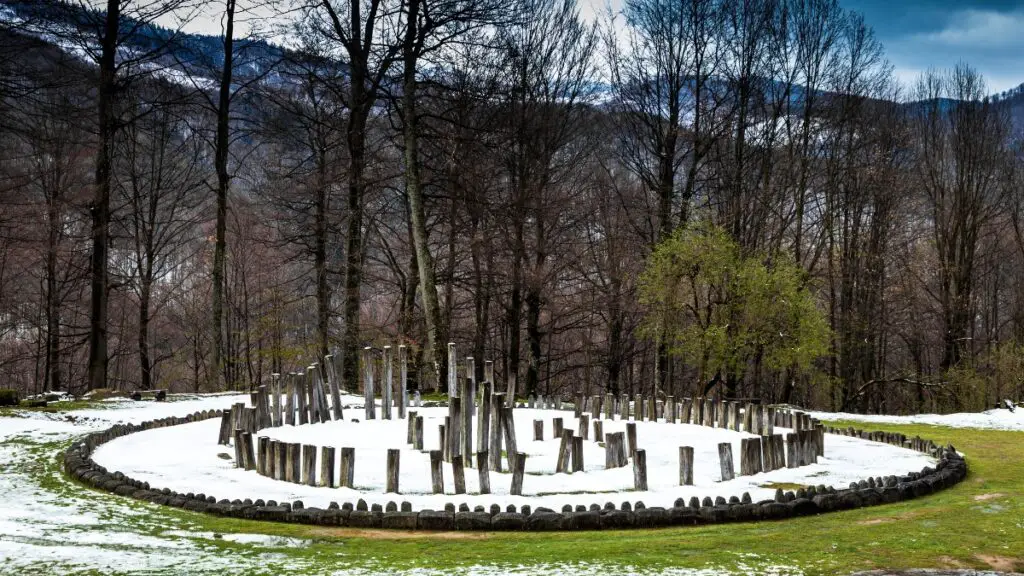
Exploring the World of the Ancient Dacians
The Dacians, with their fascinating history and rich cultural heritage, invite us into a world that’s a blend of historical facts and captivating myths. They challenge us to see beyond the present, to appreciate the legacy of the past, and to acknowledge its impact on our modern world. As we move forward, let’s carry with us the inspiring story of the Dacians, a testament to human resilience, cultural richness, and the unending quest for identity and freedom.
As we look back at the ancient Dacians, we don’t just see a historical civilization; we see a vibrant tapestry of human existence that continues to inspire us today.

